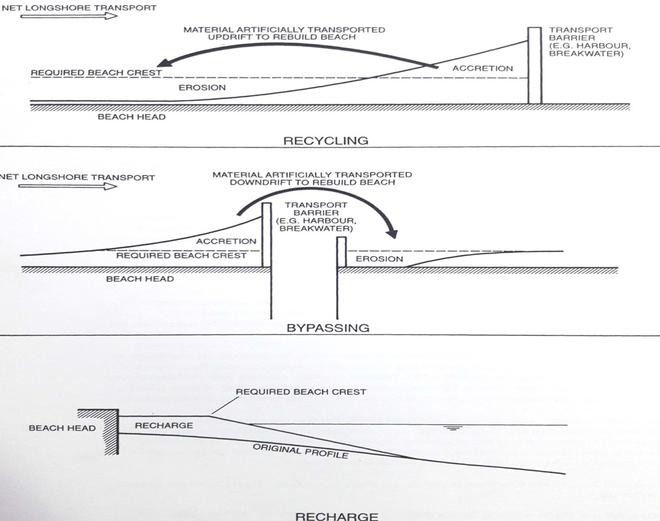The latest accident in the Muthalapozhi fishing harbour channel, which claimed four lives, appears to have evoked some knee-jerk reactions. The Kerala government has convened an urgent meeting of various stakeholders, including the Vizhinjam port developer Adani Group, which has signed an agreement with the Harbour Engineering department for dredging the navigation channel of the harbour till 2024.
But a close look at the causes of the accidents and the steps taken so far by government agencies will reveal that successive governments were not keen on analysing the actual issues and adopting the best methodologies to prevent fatal accidents. Since 2006, 69 people have lost lives in accidents in the harbour channel.
Difficult navigation
The main issue in the navigation channel is the huge perennial deposition of sand brought by waves from the southern side. According to experts, deposition of sand at the mouth and inside the channel makes it shallow, resulting in wave breaking inside the channel and at its entrance. When the channel becomes shallow, the height of waves naturally increases, making navigation of fishing vessels difficult.
The sand deposition happens due to the spilling over of sediments from the tip of the southern breakwater. Sand has accreted over time as a result of longshore drift happening from south to north. During monsoon, which aggravates the rough sea conditions along the west coast, the lashing waves will exert pressure on the armour stones of the training breakwater at Muthalapozhi, leading to the toppling down of the stones to the channel. These armour stones at the entrance and inside the channel allow waves to break in front of them, creating eddy currents that make navigation of vessels difficult.
Sand bypassing
If the sand accreted in the southern side of the training breakwater is bypassed or back passed, the spilling over of sand and its deposition at the mouth of the channel can be avoided. Sources in the Harbour Engineering department (HED) confirmed that a study by the Central Water and Power Research Station (CWPRS), Pune, in 2012, had suggested periodic dredging and sand bypassing, among other measures, to avoid entry of sediments in the navigational channel. But over a decade later, the State has not yet taken measures for ensuring sand bypassing, which will avoid accretion of sand on the southern side of the harbour.

Role of Adani
Adani Vizhinjam Port Private Limited (AVPPL) had entered into an agreement with the HED as part of the Vizhinjam port construction. The AVPPL has constructed a barge loadout facility at Muthalapozhi and has been using it for the transportation of rocks for the Vizhinjam project. A memorandum of understanding (MoU) was initially signed in April 2018 for a period of three years and later amended in April 2021 for another three years. As per the terms of the MoU, the AVPPL is responsible for dredging the navigation channel and its upkeep to the level of -5 m.
According to sources close to the Adani Group, dredging of the channel for a certain period is the responsibility of the port developer, but the State government agencies are reluctant to take measures to arrest the spilling over of sand and boulders into the channel, which is the root cause of the fatal accidents in the area. Now, the port developer is planning to pull out of the agreement due to the non-cooperation of the State agencies.







